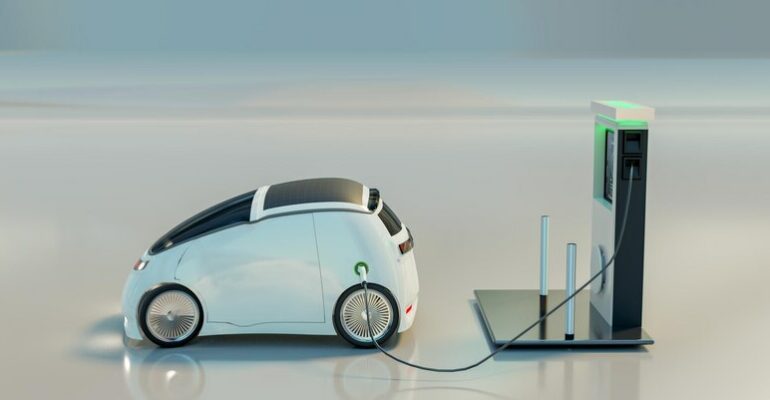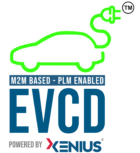Charge-discharge curve of lithium-ion cells
February 14, 2023 2023-02-14 7:24Charge-discharge curve of lithium-ion cells

Charge-discharge curve of lithium-ion cells
INTRO: With so much happening in the sphere of electric mobility, EV charging and batteries have become the latest buzzwords. Lithium-ion battery being the lifeline of an electric vehicle, it is crucial to understand its charging process and the other technical aspects so as to get the best performance.
When the cells are combined to form a battery pack for an application, they must be charged using a constant current and constant voltage (CC-CV) method
Massive funds are being infused and lot of attention is being given to electric mobility as India works toward its goal of zero-emission by 2070. According to the NITI Aayog, 80 per cent of two- and three-wheelers, 40 pc of buses, and 30 to 70 pc of cars in the country will be electric by 2030. Battery being the crucial component of an EV, it is worthwhile knowing more and more about it.
When the cells are combined to form a battery pack for an application, they must be charged using a constant current and constant voltage (CC-CV) method. As a result, for lithium-ion batteries, a CC-CV charger is highly recommended. The CC-CV method begins with continuous charging while the voltage of the battery pack rises. When the battery’s full charge cut-off voltage is reached, constant voltage mode takes over and the charging current decreases. The charging current gradually decreases until it is less than 0.05C.
After the CV mode is activated, the battery reaches full charge voltage (as soon as one of the cells reaches its full charge voltage). Estimating SoC (state of charge) based on battery voltage would indicate that the battery is fully charged at this point.
At this point, the battery has reached its full charge voltage, but it is not fully charged. After this stage, trickle charge mode takes over, where a decreasing charging current charges the remaining battery capacity while also balancing the cells. When every cell has been balanced and reached its full charge voltage, the battery pack is truly fully charged. When the charging current reaches close to 0.05C, you’ll know.
A flat discharge curve is preferable because it indicates that the voltage remains constant throughout the battery discharge process. A flat discharge curve indicates that the battery may not provide close to 100 per cent DoD (depth of discharge) because the battery cuts off if one of the cells reaches its lower cut-off voltage.
The cycle life of a Lithium-ion cell is defined by industry standards as the number of charge-discharge cycles completed by the time the cell reaches 80 per cent retention capacity of its original capacity. For cycle life testing, the recommended depth of discharge (DoD) at is 80 per cent. A lithium-ion cell’s cycle life increases as its DoD decreases.


